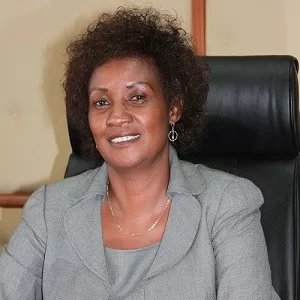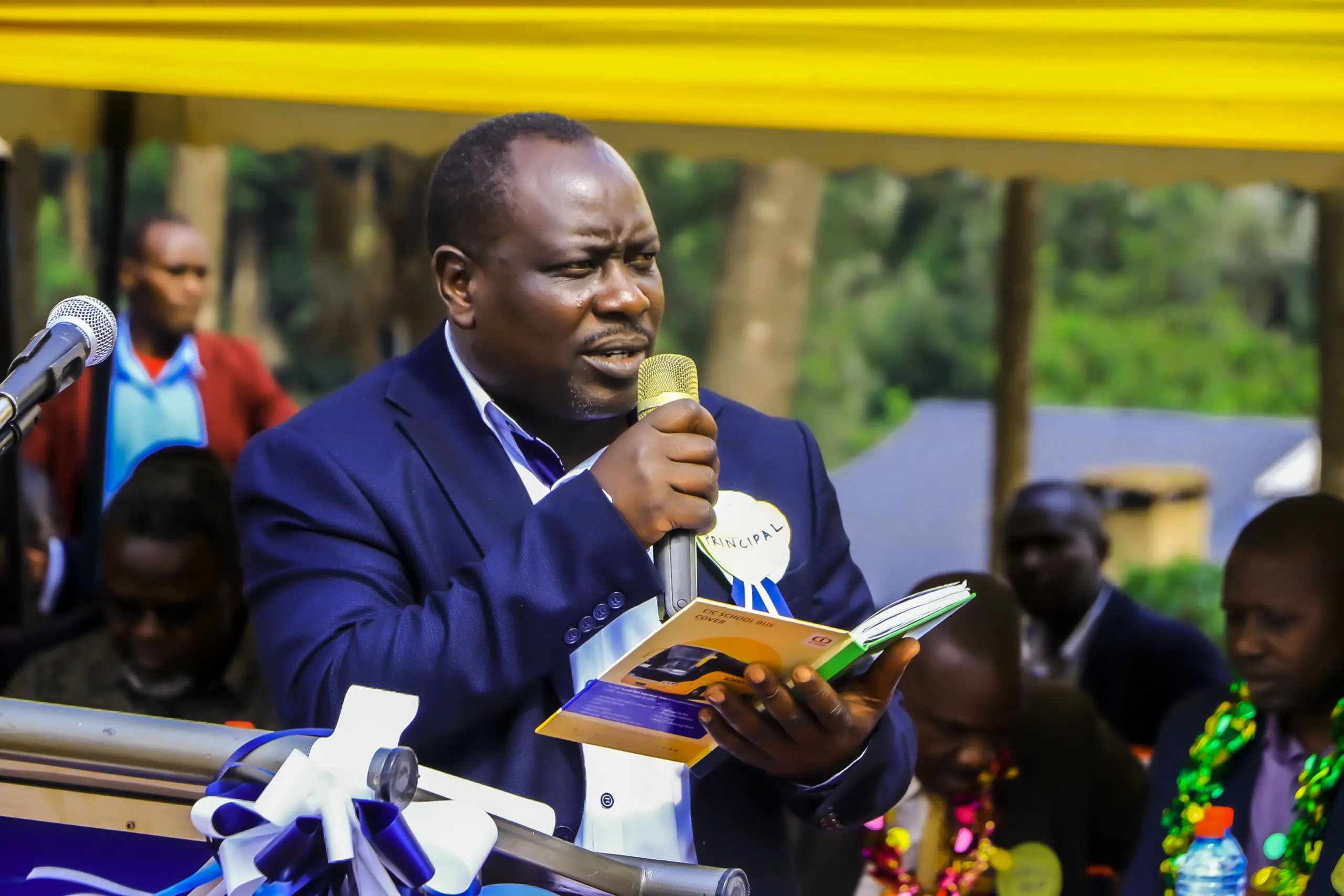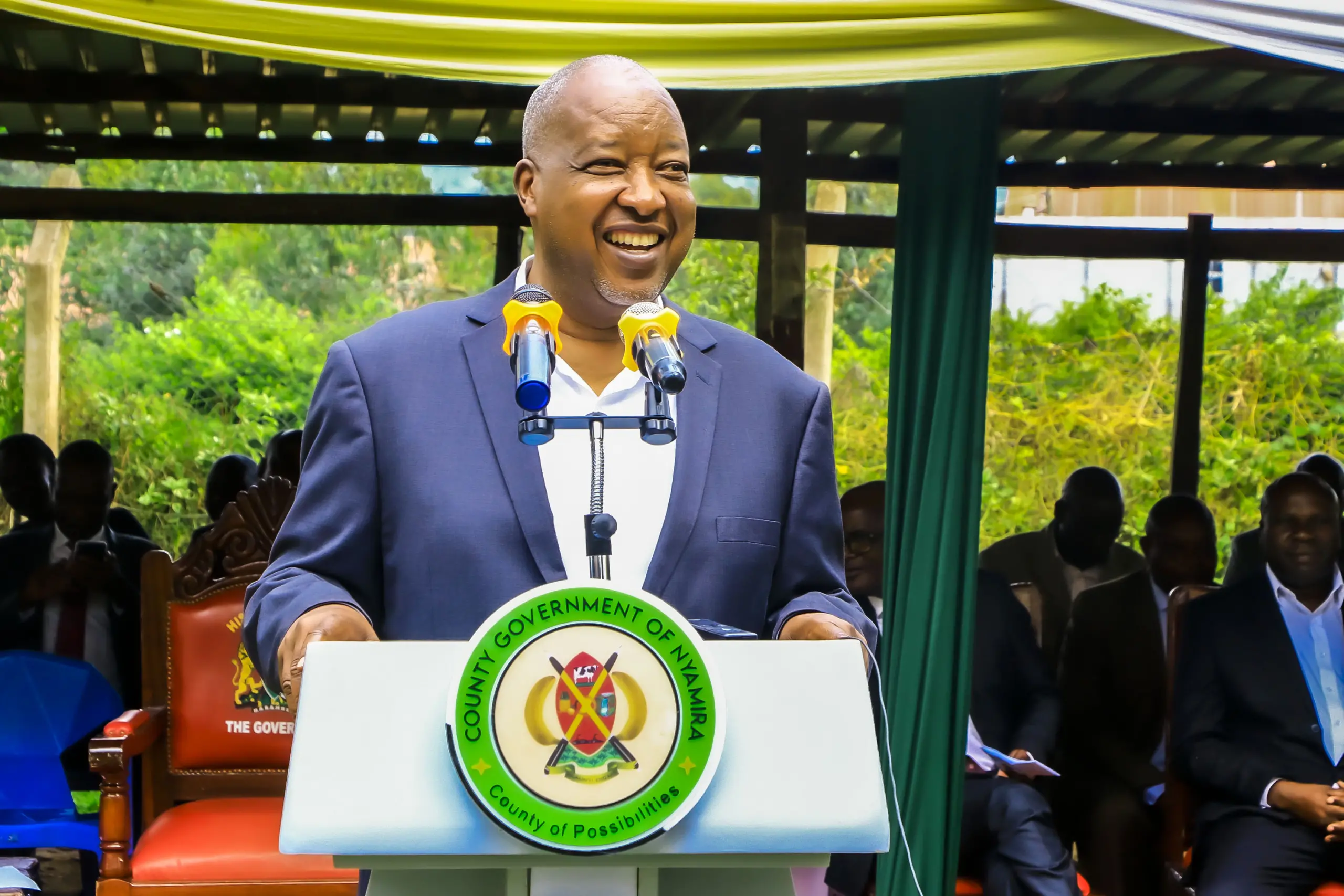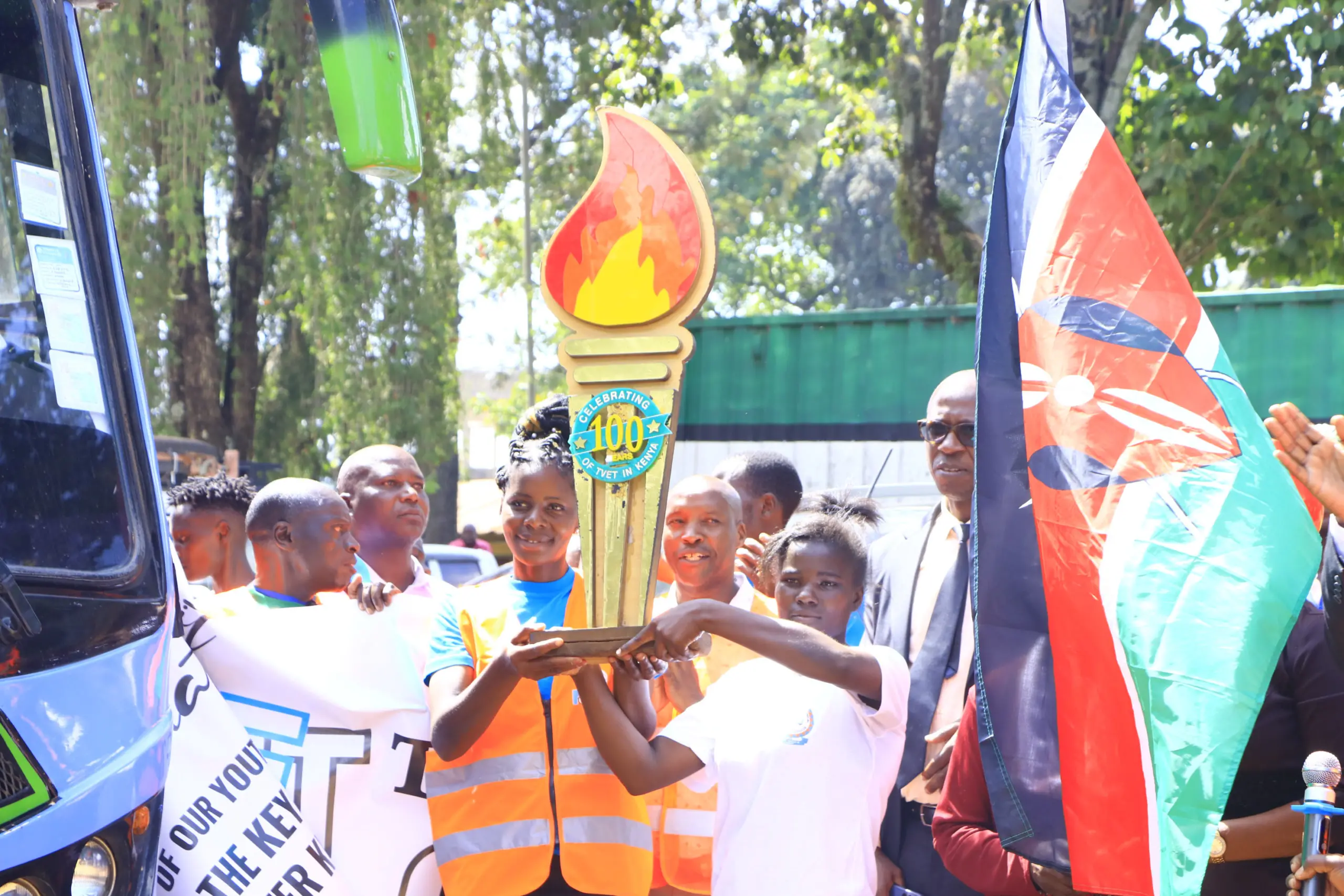
Arnold Ageta
Kenya’s Teachers Service Commission (TSC) has defended the process they followed to employ the 36,000 teachers who were deployed countrywide both in secondary and primary schools.
The recruitment exercise which was conducted in January this year saw the hiring of 30,550 Junior Secondary Schools (JSS) teachers and the rest will be posted to regular secondary schools.
A report released by the Teachers Service Commission indicates that the Junior Secondary School teachers will be distributed based on the equitable sharing formula across the country.
According to the report, a total of 30,550 posts were allocated to Junior Secondary Schools. The report was tabled in parliament.
“Having envisaged that Grade 7 classes will be 30,550 in total in the country, the Commission allocated one (1) teacher per class for all the 30,550 Grade 7 classes country-wide,” read the report.
The MPs had raised an alarm over the distribution process following parents’ cries from Muget Primary School in Uasin Gishu County.
The angry parents stormed the school on May 17 forcing the closure of the school decrying lack of Junior Secondary Schools.
The parents blamed the government for not posting enough teachers to their school of 45 JSS pupils.
TSC maintains that the sharing formula was fair against the MPs’ demands. The report states that the formula takes care of basic teaching demands in all Junior Secondary Schools.
“A total of 5,000 posts, 1,000 on Permanent and Pensionable terms of service and 4,000 teacher interns were allocated to primary schools. The posts were distributed equally in all the 47 counties,” TSC confirmed.
Meanwhile, TSC posted 450 teachers to secondary schools where the posts were equally shared among the 47 counties.
The remaining ten posts were added to counties that recorded the highest teacher shortage including Garissa, Wajir, Mandera, Marsabit, Turkana, Samburu, West Pokot, Elgeyo-Marakwet, Baringo, Isiolo, Laikipia, Nakuru, Lamu, Tana River, Taita-Taveta, Kilifi, Kwale, Embu, Kitui, Meru, Tharaka-Nithi, Nyeri, Machakos, Makueni, Kajiado, Narok, Kiambu, Migori and Homa Bay.
The Teachers Commission, in their report, they provided the following outlineon how communities shared the 36,000 teachers: Bajun (35), Basuba (6), Boni-Sanye(6), Boran(45), Burji(7), Degodia(9), Dorobo(2), Elmolo(1), Embu (232), Gabra(17), Kalenjin(4,048), Kamba(2,899), Kenya Arab(1), Kikuyu(2,913), Kisii(1,737), Kuria(108), Luhya(3,187), Luo(2,576), Masai(461), Mbere(25), Meru(1,220), Miji Kenda(500), Murulle(1), Ogaden(2) and Orma(5).
Others included Pokomo(18), Pokot(312), Rendille(2), Sakuye(2), Samburu(93), Somali(43), Swahili-Shirazi(11), Taita(232), Teso(105), Tharaka (56) and Turkana(73)



